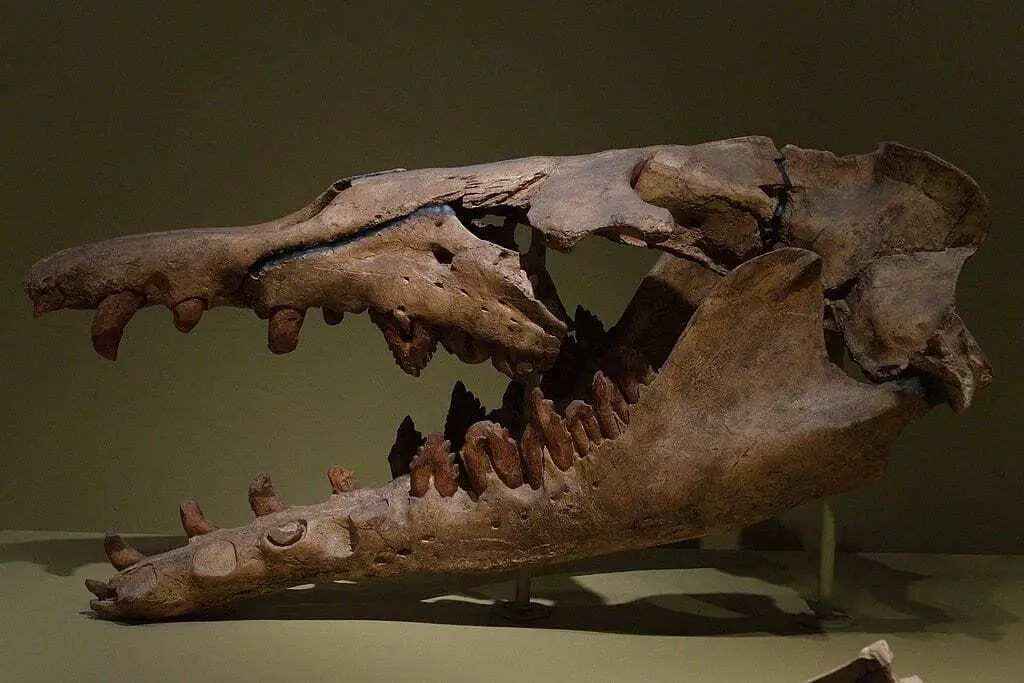The stomach contents of ancient whale Basilosaurus isis suggest it was an apex predator, according to a study published by Manja Voss from the Museum für Naturkunde Berlin, Germany, and colleagues.
The authors uncovered an adult B. isis specimen in 2010 in the Wadi Al Hitan (“Valley of Whales”) site in Cairo, Egypt. This site was once a shallow sea during the late Eocene period and is remarkable for its wealth of marine fossils. While excavating this main B. isis specimen, the authors also revealed the remains of sharks, large bony fish, and, most numerously, bones from Dorudon atrox, a smaller species of ancient whale. The Basilosaurus skeleton was distinct from other skeletons in the cluster, containing pointed B. isis incisors and sharp cheek teeth as well as bones. Most of the fish, and Dorudon whale remains showed signs of breakage and bite marks, were fragmented, and tended to be clustered within the body cavity of the B. isis specimen.
One hypothesis to explain the clustering of these remains was that D. atrox had scavenged the B. isis carcass and fish. However, the D. atrox were juveniles, capable only of drinking mother’s milk. Bite marks on prey skulls also indicated predation rather than scavenging, since predators commonly target the head. The authors therefore position B. isis as a top predator which ate its prey live, rather than by scavenging. They propose that the remains of fish and juvenile D. atrox in the cluster are remnants of previous B. isis meals, while the teeth of sharks indicate postmortem scavenging.
Voss and colleagues draw a comparison with the modern-day killer whale (Orcinus orca), another toothed whale apex predator which often feeds on smaller whales and frequently hunts humpback whale calves during humpback calving season. The authors hypothesize that the Wadi Al Hitan site was a whale calving site for prey whale Dorudon, making it a hunting site for top predator B. isis during the late Eocene.
Header Image – Skull from the Field Museum of Natural History – Credit : Amphibol







